This article gives an overview of the different methods of SQL Server SSIS Package Logging.
Read more »
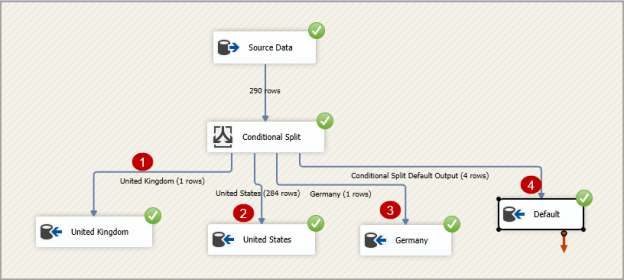


This article gives an overview of the different methods of SQL Server SSIS Package Logging.
Read more »
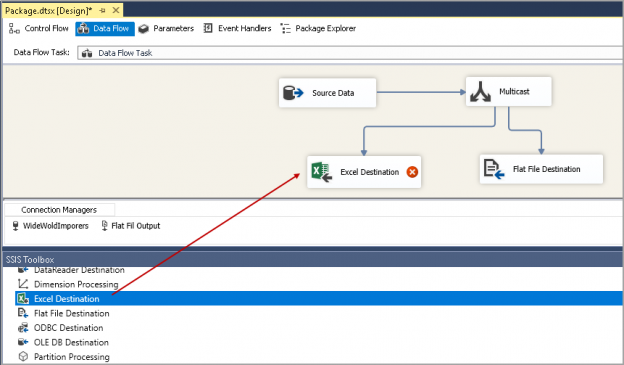
This article explores the SSIS Multicast Transformation for creating different logical copies of source data.
Read more »
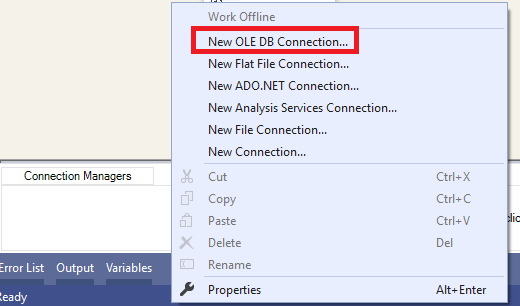
SQL Server Integration Services provides a wide variety of features that helps developers to build a robust Extract, Transform, and Load process. After many years contributing to SSIS-related tags on Stackoverflow.com, I can say that many developers have some misunderstandings about SSIS features (SSIS OLE DB Source, SSIS Expressions, SQL Server destination …) especially those which are very similar and have some common usability.
Read more »
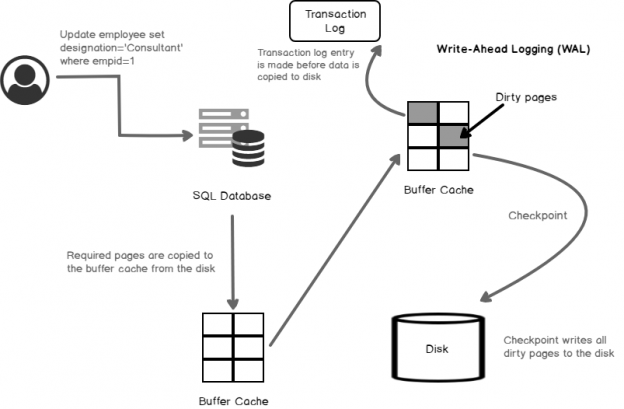
Database administrators should be aware of the internal SQL Server processes such as the dirty pages, SQL Server CHECKPOINT, Lazy writer process. This is a very common question that you might come across in SQL DBA technical interviews as well on all levels such as beginner, intermediate and expert level.
Read more »
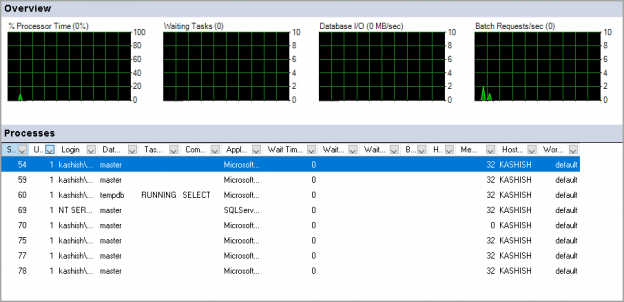
This article gives an overview of the KILL SPID command and how to monitor the rollback progress.
Read more »

In this article, we will learn usage details of the sp_updatestats built-in store procedure which helps to update all statistics in a SQL Server database. First of all, we will take a glance at the statistics concept in SQL Server.
Read more »
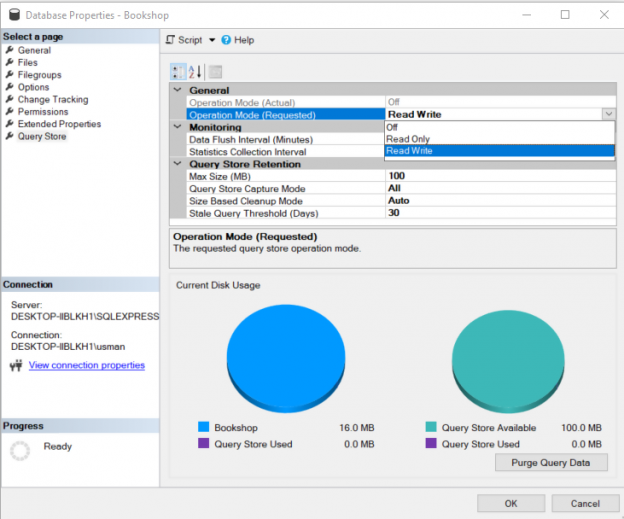
SQL Server Query Store is a performance monitoring tool that helps us evaluate the performance of a SQL query in terms of several different performance metrics such as CPU and Memory Consumption, execution time and the I/O cycles consumed by the query. Query store is similar to the windows “Task Manager”. A task manager provides information about the CPU, Memory, Network and Disc consumption of a process. Similarly, the Query Store provides insight to similar information.
Read more »

This article aims to provide the basics of creating Logistic Regression in Azure ML by designing a simple model step-by-step.
Read more »

A graph database is a type of NoSQL database that is based on graph theory. Graph databases are ideal for storing data that has complex many to many relationships. In this article, we will study the very basics of graph databases with the help of a simple example.
Read more »
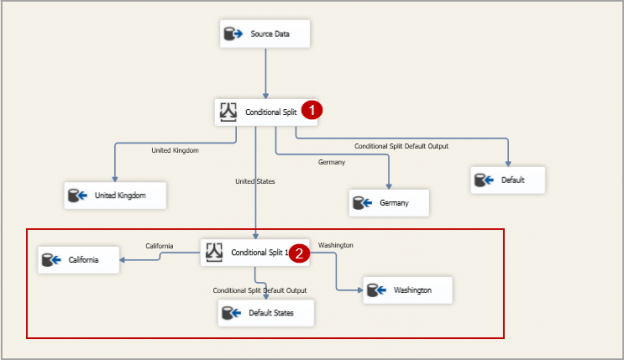
This article explores the SSIS Conditional Split Transform task to split data into multiple destinations based on the specified conditions.
Read more »
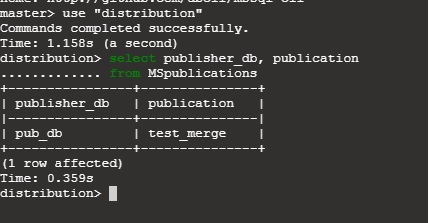
Replication is a process to manage multiple copies of the same data at a different node. Microsoft SQL Server supports Merge Replication, Transaction Replication, Peer to Peer Replication and Snapshot Replication.
Read more »

In this article, we will review how to construct and execute dynamic SQL statements in SQL Server with different examples.
Read more »

This article explores the usage of TempDB and different ways to shrink the TempDB database in SQL Server
Read more »
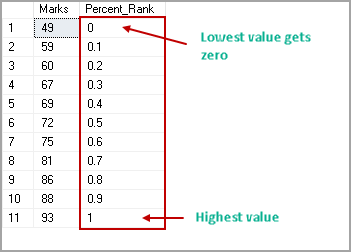
This article explores the SQL Server PERCENT_RANK analytical function to calculate SQL Percentile and its usage with various examples.
Read more »
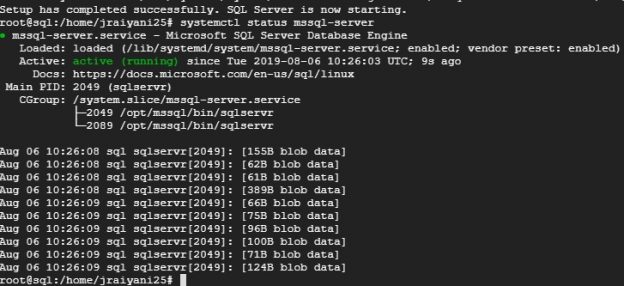
A couple of years ago, Microsoft announced that SQL Server would be available on Open Source (Linux). In this article, we will go through the installation of Microsoft SQL Server on Linux (Ubuntu) and each step in detail.
Read more »
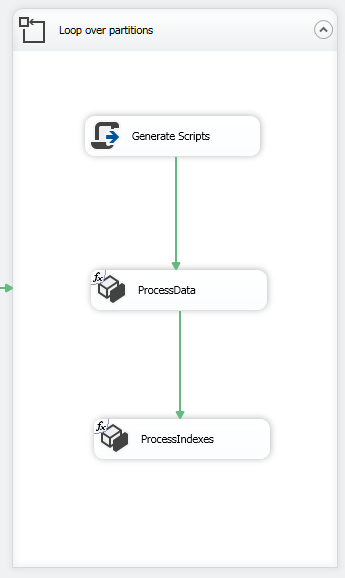
While building and deploying an SSAS OLAP cube, there are two processing orders that you can choose from when you create a process operation:
Read more »
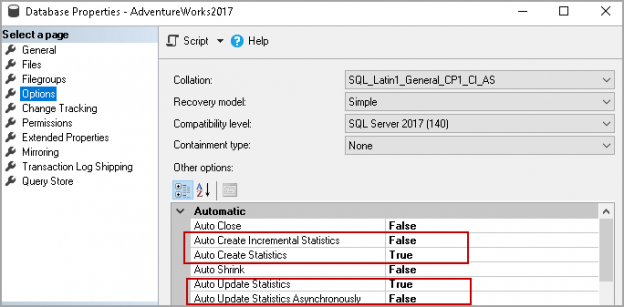
This article gives a walk-through of SQL Server Statistics and different methods to perform SQL Server Update Statistics.
Read more »
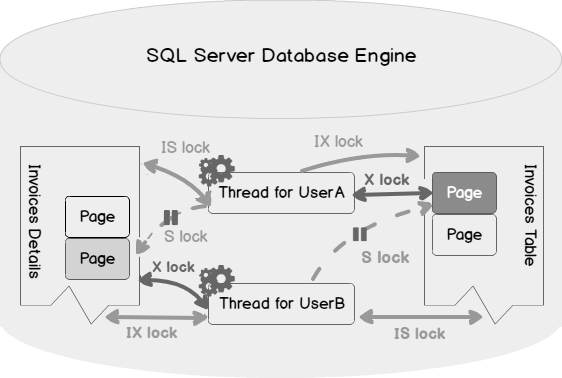
Performance monitoring is a must to do the task for a DBA. You should ensure that the database performance is optimal all the time without any impact on the databases. Performance issues act like an open stage, and you need to look at every aspect such as CPU, RAM, server performance, database performance, indexes, blocking, waits, and SQL Server deadlocks. You might face frequent deadlocks issues, and they have a direct impact on the application performance.
Read more »
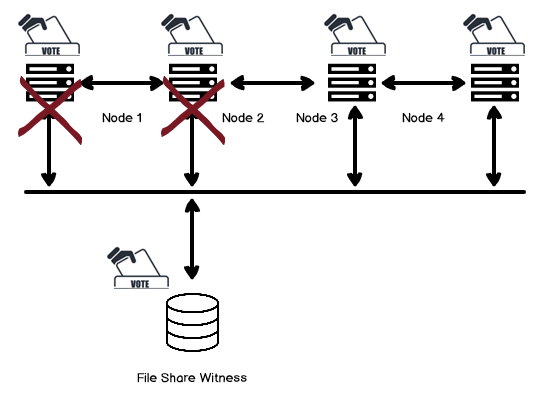
This article gives an overview of Windows Failover Cluster Quorum modes that is necessary for SQL Server Always on Availability Groups.
Read more »
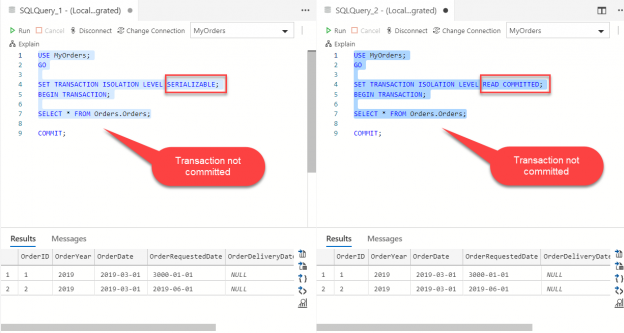
In this article, I’ll explore the use of snapshot isolation using row versioning as an alternative to the classic ANSI SQL transaction levels.
Read more »

In this article, we will walk through Microsoft Naive Bayes algorithm in SQL Server.
Read more »

This is the fifth article of a series dedicated to discovering geographic map tools in Power BI.
Read more »

This article gives an overview of the SQL STUFF function with various examples.
Read more »

In this article, we will review how to configure SAN less SQL Server cluster in AWS EC2 instances using SIOS DataKeeper.
Read more »
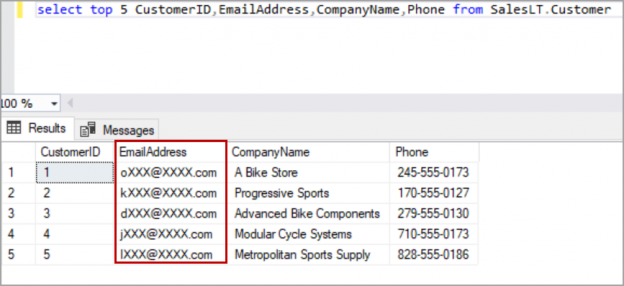
In this article, we will review Dynamic Data Masking in the Azure SQL database. Dynamic Data Masking is a feature to limit the sensitive data to the non-privileged users by hiding the data of a column. Data is not masked and stored in the disk. Masking is applied to the result set returned to the user. The users with “db_owner” permission on “UNMASK” permission can still see the unmasked data when they query the table.
Read more »© Quest Software Inc. ALL RIGHTS RESERVED. | GDPR | Terms of Use | Privacy